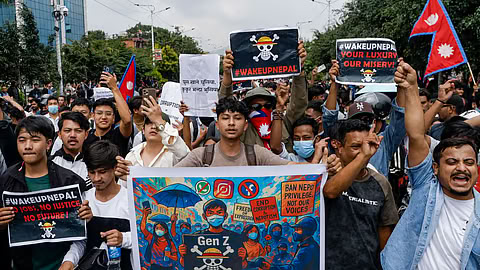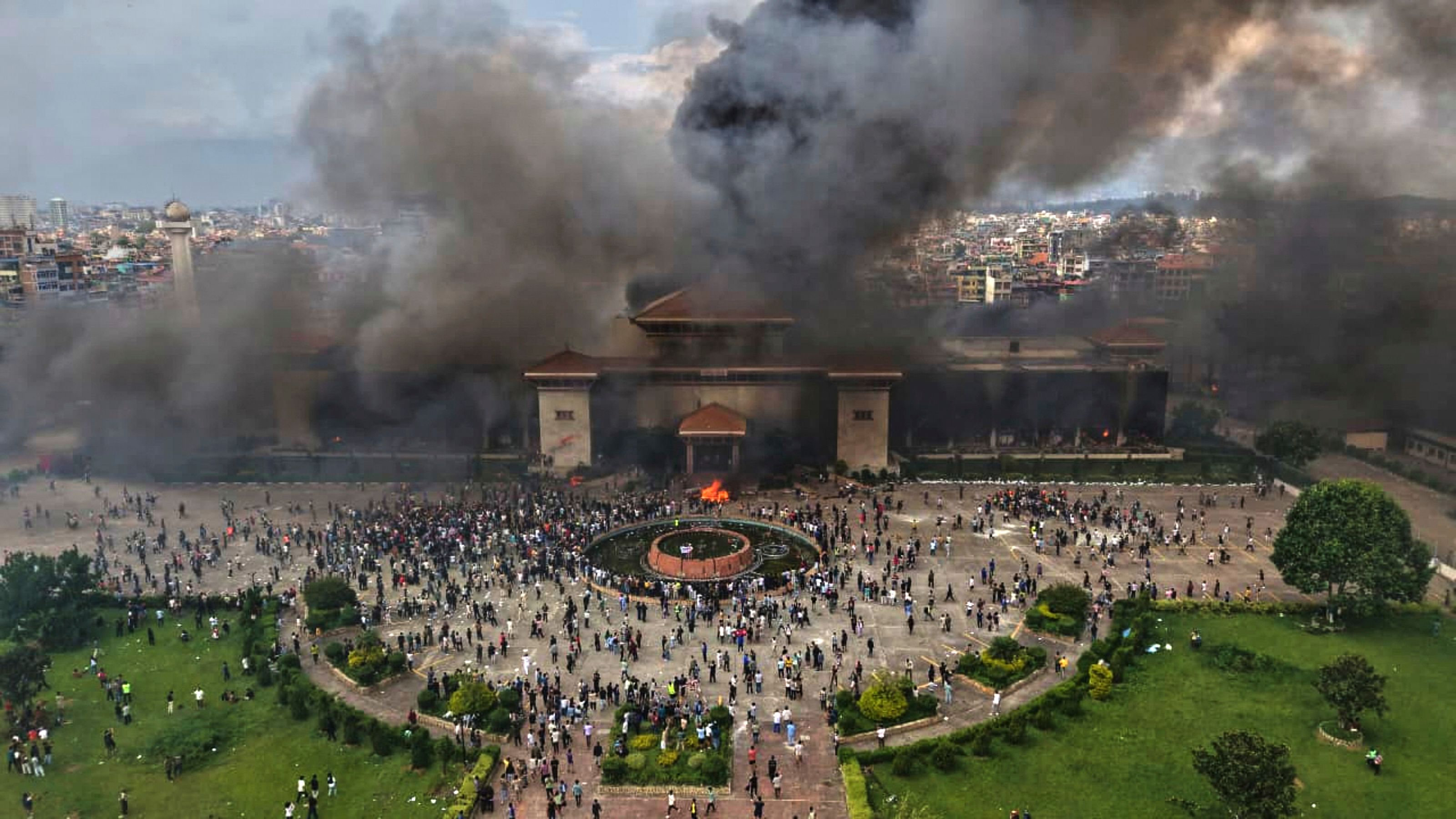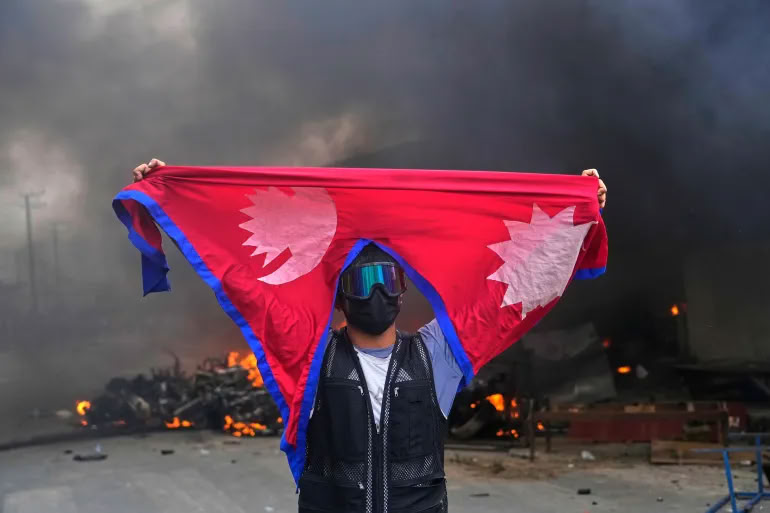Gen Z in Nepal: a generation at a crossroads
Nepal, nestled between India and China, has a population of nearly 30 million, with youth comprising almost half. Like many South Asian nations, Nepal faces a youth unemployment rate exceeding 20 percent, prompting significant out-migration for work abroad. This economic instability has alienated many young people, contributing to growing social and political unrest.
Gen Z in Nepal has endured a turbulent adolescence—marked by the COVID-19 pandemic, prolonged isolation, and an economic downturn. These experiences intensified their reliance on digital platforms for education, employment, and social interaction, making the government's decision to ban social media particularly impactful.
The movement and its escalation
On 4 September 2025, the Government of Nepal ordered the shutdown of 26 social media platforms, including Facebook, X, YouTube, LinkedIn, Reddit, Signal, and Snapchat. The platforms were accused of failing to register under new regulations introduced by the Ministry of Communication and Information Technology, aimed at enforcing a Digital Services Tax and stricter VAT rules on foreign e-service providers.
This move directly threatened the livelihoods of many young Nepalis who rely on these platforms for freelance work and digital entrepreneurship. In response, thousands of youths gathered in Kathmandu, particularly around the Federal Parliament, initiating a peaceful rally against nepotism and corruption.
However, the military’s aggressive response to minor incidents during the early stages of the protest transformed the peaceful demonstration into a full-blown riot. Over the next four days, protestors looted and vandalised key government buildings, including the Parliament, Supreme Court, President’s residence (Sital Niwas), Prime Minister’s residence (Baluwatar), and the Communist Party headquarters. Several private residences of politicians were also torched in symbolic protest.

Government collapse and curfew
On 9 September, Prime Minister K. P. Sharma Oli resigned and was evacuated via Tribhuvan International Airport (TIA). Protestors subsequently blocked the airport, causing widespread flight cancellations and diversions to Pokhara. TIA reopened after 24 hours.
Prisons were also targeted, with fires set and over 13,500 inmates escaping, though some were later recaptured. In response, the government-imposed curfews in major cities including Kathmandu, Birgunj, Bhairahawa, Butwal, Pokhara, Itahari, and Damak. Security forces launched search operations, even in hospitals.
It was reported that the four days of protests resulted in at least 72 deaths and over 2,000 injuries by 12 September.
A new leader emerges
Following the resignation, the Nepali Army and President Ramchandra Paudel called for dialogue and restraint. In a remarkable turn, Gen Z protestors organised an online poll to select an interim leader. The majority voted for Sushila Karki, who assumed office on 12 September 2025, becoming Nepal’s first female Prime Minister. Karki, formerly the Chief Justice of the Supreme Court, immediately lifted the curfew in Kathmandu and will serve as interim leader until the 2026 General Election.

Regional Echoes: Youth-Led Movements in South Asia
Similar youth-led uprisings occurred in Sri Lanka (2022) and Bangladesh (2024), each sparked by unique national crises. Yet, a common thread runs through these movements: Gen Z’s refusal to accept broken promises and their demand for accountability.
South Asia, one of the world’s most densely populated regions, faces climate-induced disasters, economic instability, and high literacy rates juxtaposed with unemployment or underemployment.
The question remains: Can Gen Z bring lasting change? And if so, at what cost?
Photo credit to all the original owners
